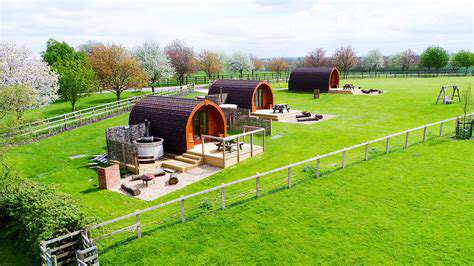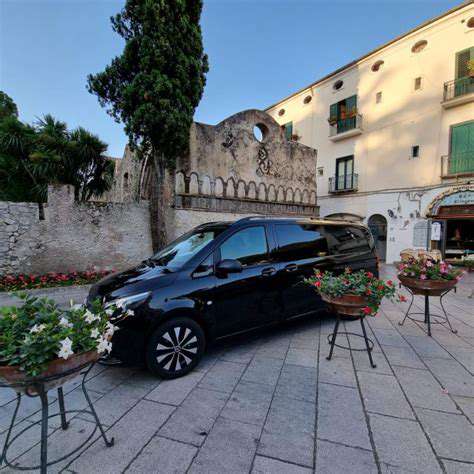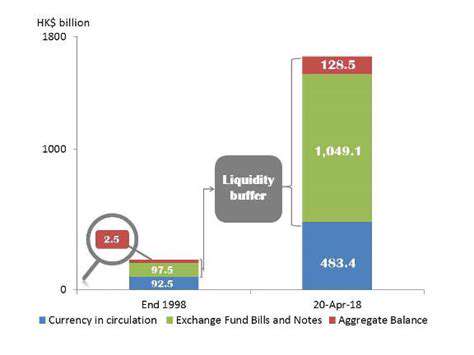Your Guide to Exploring the Cities of Portugal
Evora's Roman Roots
Evora, nestled in the Alentejo region of Portugal, boasts a rich and fascinating history, deeply intertwined with its Roman past. Walking through its streets feels like stepping into a history book, where every stone tells a story. The well-preserved ruins of the ancient aqueduct stand tall, showcasing Roman engineering brilliance, while intricate mosaics offer glimpses into daily life centuries ago. These remnants aren't just artifacts - they're living connections to a civilization that shaped modern Europe.
The city's very layout whispers of its Roman heritage. The orderly streets and plazas follow patterns established two millennia ago, proving how deeply Roman urban planning influenced this region. Visitors often pause in awe, realizing they're walking the same paths as Roman citizens did centuries before.
The Majestic Cathedral
The Cathedral of Evora dominates the city skyline with its Gothic spires reaching toward the heavens. This architectural marvel took centuries to complete, with each generation adding their own artistic flourishes. Inside, sunlight filters through stained glass, painting the stone floors with vibrant colors while intricate carvings tell biblical stories in stone. Few buildings capture Portugal's religious history as completely as this cathedral does.
Evora's Moorish Legacy
Between the 8th and 12th centuries, Moorish rulers left their subtle but lasting mark on Evora. While less visible than the Roman influence, their contributions appear in delicate architectural details and possibly in local cuisine. The interplay between Christian and Islamic traditions created a unique cultural blend that defines the Alentejo region to this day.
The Chapel of Bones
The Capela dos Ossos delivers a sobering reminder of mortality that stays with visitors long after they leave. Constructed from the bones of thousands, its walls form macabre patterns that somehow achieve a strange beauty. This isn't mere shock value - it's a profound meditation on life's fleeting nature, a concept deeply rooted in Portuguese spirituality.
Exploring Evora's Underground
Beneath the picturesque streets lies another Evora - a network of tunnels and cellars that sheltered generations. These hidden passageways reveal how ordinary citizens lived, worked, and sometimes hid during turbulent periods. Modern explorers can almost hear echoes of whispered conversations from centuries past in these cool, dim corridors.
Evora's Culinary Delights
Alentejan cuisine reflects the region's agricultural roots with hearty flavors that satisfy both body and soul. Local restaurants serve up specialties like migas (bread-based dishes) and açorda (garlic soup), often accompanied by the region's excellent wines. The secret lies in simple ingredients prepared with generations of culinary wisdom.
Shopping and Relaxation in Evora
Between historical explorations, Evora's charming shops and cafés offer perfect respites. Artisans sell traditional crafts like cork products and pottery, while café terraces invite visitors to slow down and savor the city's relaxed rhythm. This balance between discovery and relaxation makes Evora uniquely rewarding.
Coimbra: A University Town with a Historic Heart
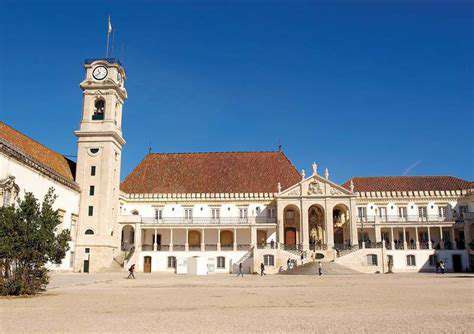
A Historic Heart
Coimbra's cobblestone streets breathe history, from the medieval university to the riverfront where students have gathered for centuries. This isn't just a city with history - it's a city where history lives, in the worn steps of ancient buildings and the echoes of scholarly debates that shaped Portugal's intellectual tradition.
The University of Coimbra: A Beacon of Knowledge
Since 1290, the University of Coimbra has nurtured Europe's greatest minds within its hallowed halls. The Joanina Library alone, with its gold-leaf decor and resident bats that protect priceless books from insects, embodies the university's magical blend of scholarship and tradition. Students still wear black capes, maintaining rituals that connect them to generations of scholars past.
A Cultural Tapestry
Coimbra's soul expresses itself through mournful fado music, particularly the distinctive Coimbra style traditionally sung by male students. The city's cultural calendar bursts with festivals celebrating everything from academic traditions to contemporary arts, ensuring visitors experience Portugal's living culture, not just its history.
Gastronomic Delights
From the famous chanfana (goat stew) to sweet pastries like pastéis de Santa Clara, Coimbra's cuisine reflects its academic and monastic heritage. Many recipes originated in convent kitchens, blending Moorish influences with Portuguese ingredients. Dining here becomes a delicious history lesson.
Charming Neighborhoods
Each Coimbra neighborhood tells a different chapter of the city's story. The Alta district climbs steeply to the university, its narrow streets lined with student housing. Down by the river, the Baixa neighborhood buzzes with cafes and shops. Across the Mondego, the more modern Santa Clara offers stunning views back toward the historic center.
A Gateway to Portugal's History
Coimbra's central location makes it perfect for exploring Portugal's heartland. Within easy reach lie Roman ruins at Conímbriga, the medieval castle of Montemor-o-Velho, and the Bussaco Forest where a Napoleonic army met defeat. This region holds the essence of Portuguese identity, from ancient times to the modern era.
Outdoor Activities and Recreation
The Mondego River provides scenic kayaking opportunities, while nearby hills offer hiking trails with panoramic views. Portugal dos Pequenitos, a miniature park showcasing Portuguese architecture, delights families, and the Botanical Garden offers a peaceful retreat with exotic plants collected during Portugal's Age of Discovery.
Lagos: A Coastal Gem with Stunning Beaches

Lagos: A Vibrant Metropolis
Lagos thrums with infectious energy where Africa's entrepreneurial spirit meets rich cultural traditions. From the floating Makoko community to the sleek offices of Victoria Island, the city embodies Nigeria's dynamic present while honoring its past. Nowhere else captures Africa's rapid transformation so vividly.
A Coastal Paradise
Beyond the urban bustle, Lagos reveals breathtaking natural beauty. The Lekki Conservation Centre's canopy walkway offers treetop views of lush forests, while Tarkwa Bay's golden sands provide idyllic escapes. These natural treasures remind us that even megacities exist in harmony with nature.
A Culinary Adventure
Lagos' food scene explodes with flavors - from smoky suya skewers to aromatic jollof rice. Street vendors craft meals with generations of knowledge, while upscale restaurants reinterpret traditional dishes. The bustling Balogun Market offers the full sensory experience of Nigerian cuisine, where bargaining is part of the fun.
Historical Significance and Landmarks
The Badagry Slave Route forces confrontation with painful history, while the National Museum showcases Nigeria's artistic heritage. The Brazilian Quarter's colorful architecture tells stories of returned slaves who brought new cultural influences. These sites don't just display history - they spark important conversations.
Modern Marvels and Architecture
Lagos' skyline symbolizes Africa's rising ambitions. The Eko Atlantic development rises from reclaimed ocean, while the Lekki-Ikoyi Link Bridge represents engineering prowess. Yet traditional compounds with courtyards still dot the city, creating fascinating architectural contrasts.
A Hub for Business and Commerce
As Africa's largest economy, Lagos attracts global businesses and local entrepreneurs alike. Tech startups cluster in Yaba's Silicon Lagoon, while traditional markets like Computer Village buzz with commerce. This economic energy makes Lagos the continent's undeniable business capital.
A Thriving Cultural Scene
From Fela Kuti's Afrobeat legacy to Burna Boy's global stardom, Lagos fuels musical innovation. Art galleries showcase cutting-edge Nigerian artists, while theaters present groundbreaking performances. The annual Lagos Carnival transforms streets into vibrant celebrations of creativity.
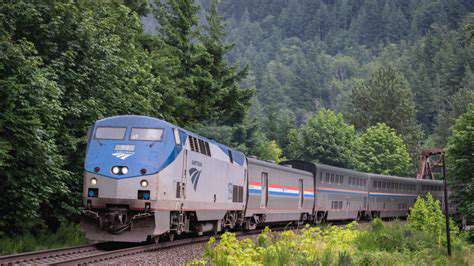
![Planning a Family Camping Trip [Beginner's Guide]](/static/images/27/2025-04/MakingtheMostofYourCampingExperience.jpg)
